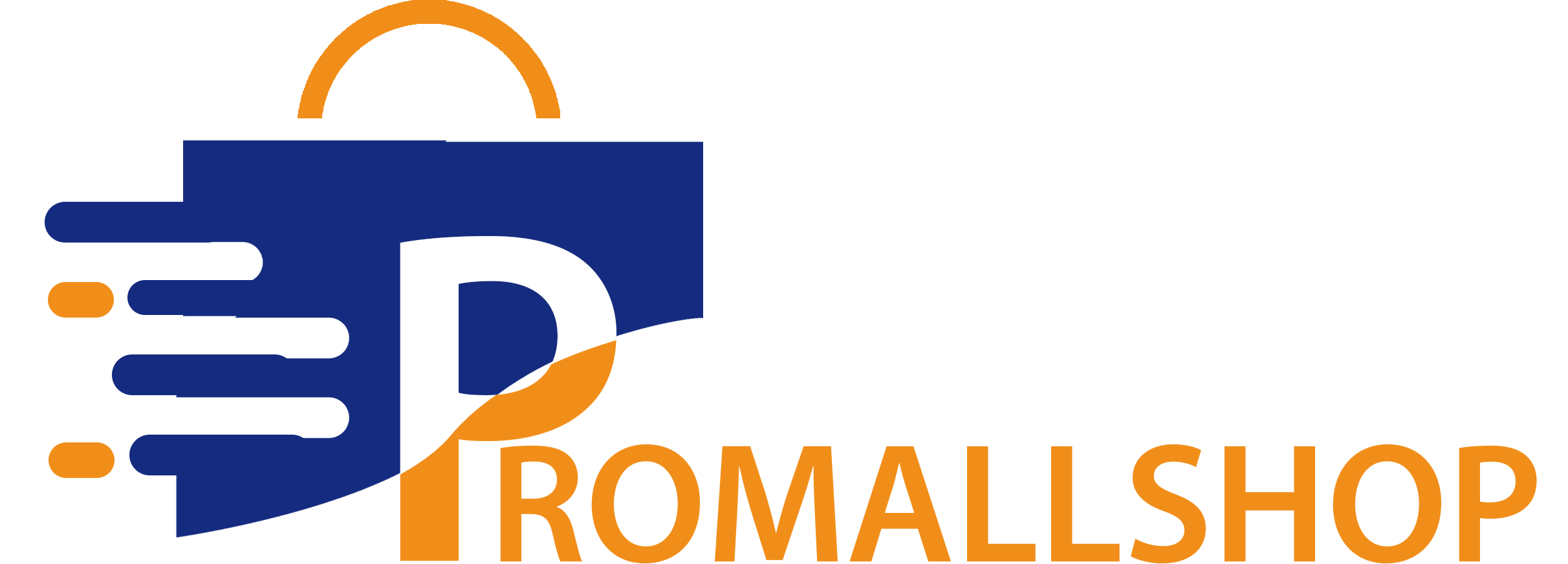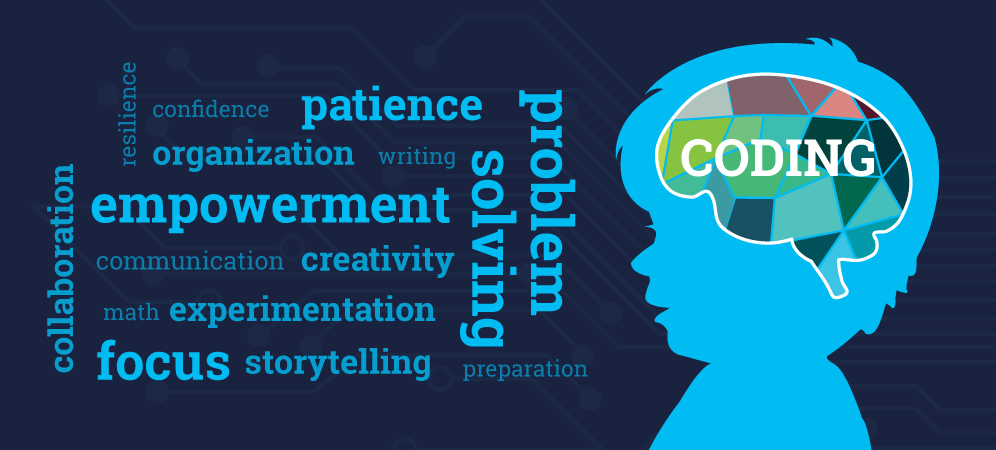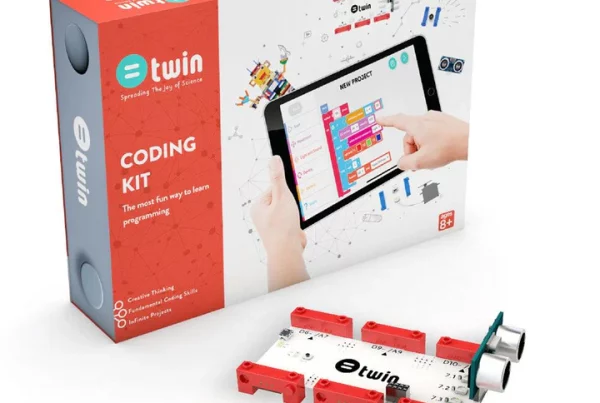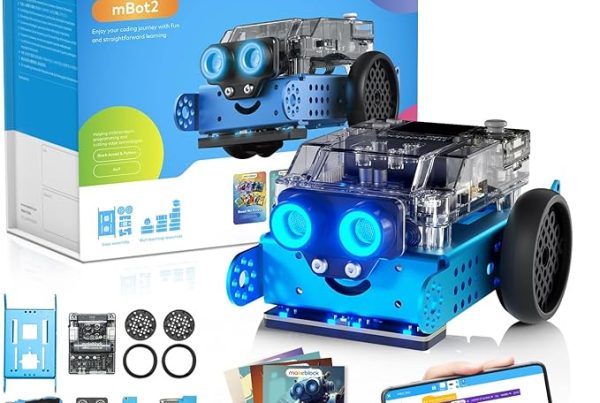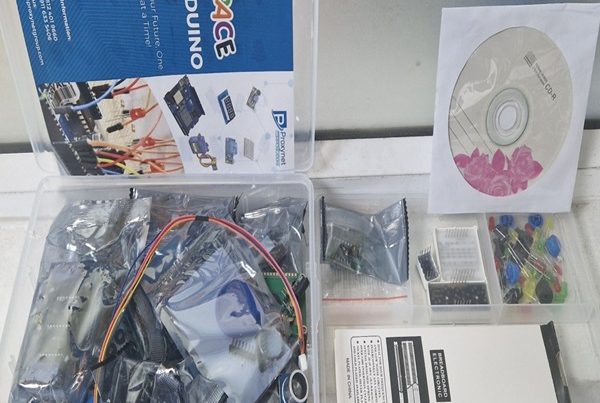Introduction
In today’s rapidly evolving world, education is not just about traditional learning. The incorporation of technology is shaping how we teach and learn. One innovative method making waves is twin coding—a revolutionary approach that blends computational thinking with real-world applications. But what exactly is twin coding? How is it changing the face of education?
This article will dive deep into twin coding, its benefits, and why it’s considered the next big thing in educational technology. Whether you’re a teacher, parent, or student, you’ll discover how this new method is setting the stage for the future of learning. And for those eager to jump in, the Promallshop is a great place to start exploring twin coding tools.
Table of Contents
- Introduction to Twin Coding
- What is Twin Coding?
- The Benefits of Twin Coding
- Twin Coding and STEM Learning
- Innovative Teaching Methods Using Twin Coding
- Applications of Twin Coding in Classrooms
- How Digital Learning Platforms Support Twin Coding
- Developing a Coding Curriculum with Twin Coding
- The Future of Twin Coding in Educational Technology
- How to Get Started with Twin Coding: A Guide for Parents and Educators
- Conclusion
- FAQs
Introduction to Twin Coding
As our world becomes increasingly digital, the skills needed for success are shifting. Coding, once seen as a specialized skill for tech professionals, is now being introduced to students as young as five. But simply learning to code isn’t enough. That’s where twin coding comes into play—an educational approach designed to bridge the gap between digital skills and real-world problem-solving.
Twin coding is about more than just writing lines of code. It integrates computational thinking with hands-on activities, allowing students to apply what they learn in coding to everyday challenges. This methodology fosters critical thinking, creativity, and collaboration—skills that will be essential in tomorrow’s world.
What is Twin Coding?
At its core, twin coding refers to a hybrid learning model that combines both coding and real-life problem-solving. It goes beyond teaching students to write code. Twin coding focuses on helping students understand the logic behind coding and how it applies to broader concepts.
Imagine teaching a child how to follow a recipe. While traditional coding would teach them to follow step-by-step instructions, twin coding encourages them to think about the process—why certain steps are necessary and how they could be adapted for different results. In the same way, twin coding allows students to think critically and apply their coding knowledge to new scenarios.
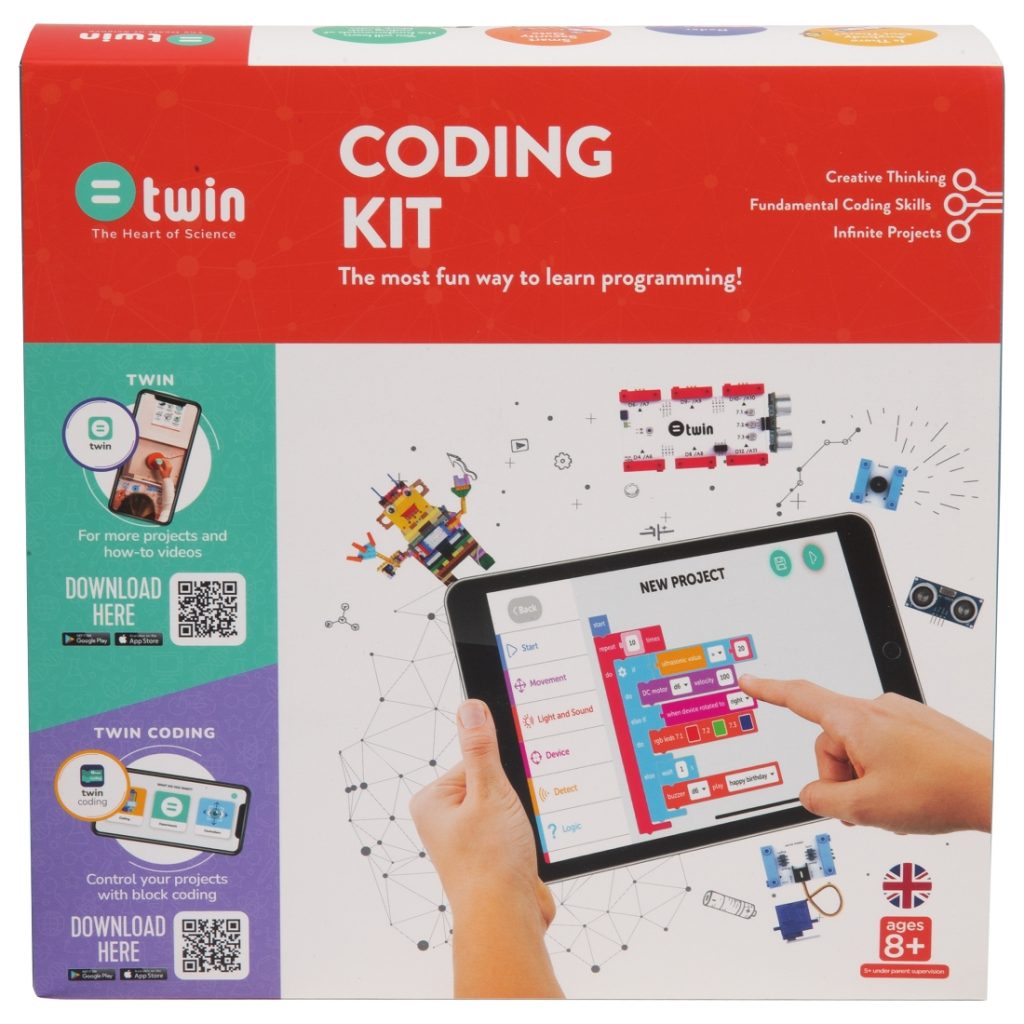
The Benefits of Twin Coding
Why should schools and educators invest in twin coding? The benefits of twin coding are numerous, especially when compared to traditional teaching methods. Here are some key advantages:
- Improves Problem-Solving Skills: Twin coding teaches students to break down complex problems into manageable parts, a crucial skill for both academic and real-life success.
- Fosters Creativity: By encouraging students to think beyond the code, twin coding promotes creativity, allowing them to come up with innovative solutions.
- Enhances Collaboration: As twin coding often involves group work, students learn to communicate and collaborate effectively.
- Prepares for Future Careers: As STEM (Science, Technology, Engineering, and Mathematics) careers become more prominent, twin coding provides students with a foundation for these fields.
- Engages Students: Twin coding offers an interactive and engaging way to learn, making it a great tool to keep students interested in their studies.
Twin Coding and STEM Learning
STEM learning tools and twin coding go hand-in-hand. By incorporating twin coding into STEM subjects, students gain practical experience while reinforcing their theoretical knowledge. For example, when learning about physics, students could write code to simulate gravity and experiment with different variables. This hands-on approach makes abstract concepts easier to understand and more relatable.
Additionally, twin coding helps students develop computational thinking, a skill that is crucial in STEM fields. By learning to think like a coder, students can approach problems logically and systematically.
Innovative Teaching Methods Using Twin Coding
Teachers are always on the lookout for innovative teaching methods, and twin coding provides just that. By blending digital learning with real-world applications, twin coding offers a more dynamic and interactive learning environment. Here are some creative ways twin coding is used in classrooms:
- Project-Based Learning: Students work on coding projects that are directly related to real-life challenges. For example, they might design an app that helps track environmental changes in their local area.
- Gamification: Many educators use games to teach twin coding, making learning fun while still focusing on essential coding principles.
- Hands-On Activities: Twin coding can involve physical components, such as robotics kits, where students write code to control real objects.
Applications of Twin Coding in Classrooms
Twin coding in classrooms is not just a theoretical concept; it is being applied across different grades and subjects. Whether it’s coding a robot in a science class or designing a website in a tech course, twin coding is enhancing the way students learn.
In fact, some schools are introducing twin coding kits, which come with all the tools needed to teach students how to code while solving practical problems. For instance, at Promallshop, educators can find coding kits that are perfect for classroom use.
How Digital Learning Platforms Support Twin Coding
One of the driving forces behind the rise of twin coding is the availability of digital learning platforms. These platforms offer interactive lessons, coding challenges, and real-time feedback that allow students to learn at their own pace.
Platforms like Promallshop’s digital learning tools make twin coding more accessible by offering step-by-step guides and resources. Students can experiment with coding concepts, while teachers can track their progress through these platforms.
Developing a Coding Curriculum with Twin Coding
Creating a well-rounded coding curriculum is crucial for the success of twin coding in schools. The curriculum should not only focus on teaching students the basics of coding but also on helping them apply their knowledge to real-world problems.
For example, teachers can develop lessons that integrate coding for students with topics like environmental science, engineering, or math. This approach ensures that students are not only learning how to code but are also seeing how coding fits into their larger academic and personal lives.
The Future of Twin Coding in Educational Technology
The future of educational technology trends lies in the hands of innovative approaches like twin coding. As technology in education continues to advance, twin coding will play a critical role in preparing students for the challenges of tomorrow.
From enhancing digital literacy to fostering a generation of critical thinkers, twin coding is positioned to reshape how we think about education. As more schools adopt these practices, we can expect twin coding to become a staple in classrooms worldwide.
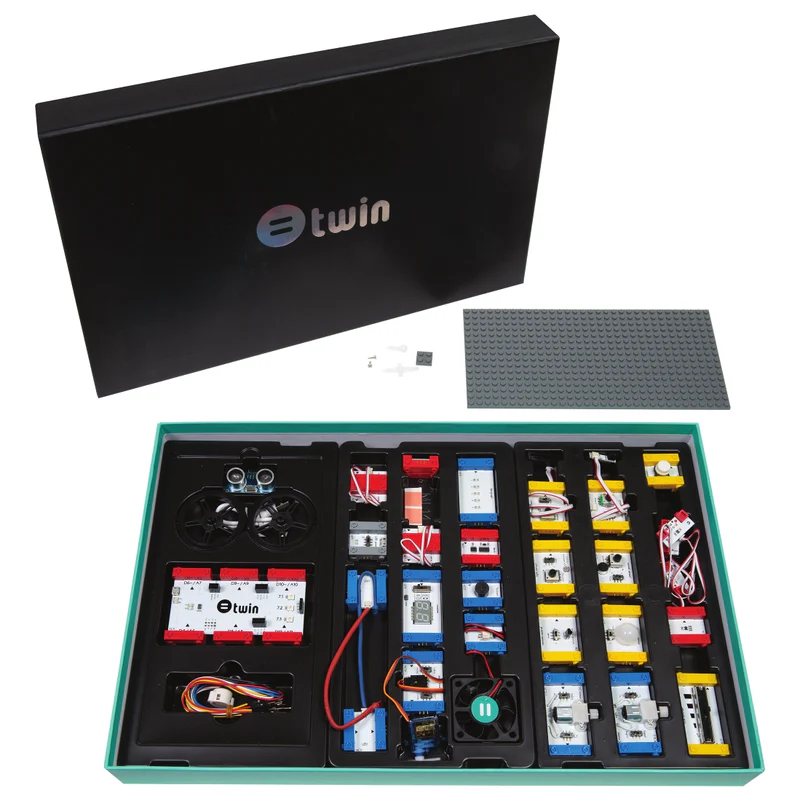
How to Get Started with Twin Coding: A Guide for Parents and Educators
If you’re interested in getting started with twin coding, here’s a quick guide for parents and educators:
- Start with a Twin Coding Kit: Kits like those available on Promallshop are an excellent starting point for beginners.
- Use Digital Platforms: Leverage platforms that offer coding lessons and interactive exercises.
- Incorporate Real-Life Scenarios: Encourage students to apply their coding skills to real-world problems.
- Stay Updated with Trends: Follow the latest trends in educational software solutions to keep up with new twin coding tools.
Conclusion
Twin coding is not just a buzzword; it’s the future of education. By integrating coding with real-world problem-solving, twin coding prepares students for the challenges of the future. Whether you’re a parent looking to introduce coding to your child or an educator eager to bring innovative teaching methods into your classroom, twin coding offers a comprehensive solution that is both engaging and effective.
And if you’re ready to take the plunge, check out the range of twin coding kits available at Promallshop. Your journey into the future of education starts here!
Frequently Asked Questions (FAQs)
Twin coding can be introduced to children as young as five, with the curriculum adjusted based on age and skill level.
Twin coding combines traditional coding with real-world problem-solving, encouraging students to think critically about how their code applies to everyday challenges.
Twin coding kits, such as those available on Promallshop, come in a range of prices, making them accessible for most schools and parents.
No, twin coding is designed for beginners and can be introduced without any prior experience in coding.
Start with a twin coding kit, explore digital learning platforms, and integrate twin coding activities into your existing curriculum.
